Every one once a while I have an experience that changes me forever. The #QueenOfKatweEvent was one of those experiences for me. I was invited to Los Angeles to attend a press day and the red carpet premiere of Disney’s Queen of Katwe (see my experience HERE and my movie review HERE and my intimate, emotional interview with Lupita Nyong’o, Madina Nalwanga, and Martin Kabanaza HERE).
Travel and accommodations were covered by Disney, but all thoughts are my own. Movie photos courtesy of Disney. Interview photos courtesy of Carol Jones / All Mommy Wants. Amazon affiliate links are included within this post.
There’s something special about a filmmaker working on a movie that takes place in her own community. I was inspired by the story of how Mira Nair came to be the director of Queen of Katwe, and how involved she has been both in the actor’s lives but also the lives of the real Phiona Mutesi, Robert Katende, and the other children involved in his chess club.
This featurette, with Mira, Lupita Nyong’o, and David Oyelowo says it all so well. I love to see the passion and emotion that this movie evokes from those involved in making it.
How Mira Nair Got Involved in Queen of Katwe
Mira explained how she got involved in Queen of Katwe: “I’ve been living in Kampala now 27 years, ever since I made Mississippi Masala there in 1989. I started my life there; I fell in love and had a son and planted gardens and created a film school called Maisha. And the slogan of Maisha is ‘If we don’t tell our own stories, no one else will.'”
Even though Mira lived just 15 minutes from Phiona Mutesi, she had not heard about her until a man named Tendo Nagenda, who was visiting Uganda for a family reunion, approached her with the story. She said, “There are so few images of Africa on any screen anywhere and when there are, it’s usually death, despair, dictators, bestiality. And, so, we created the film school (Maisha), because we have to make the dignity and the joy of everyday life in our street in Kampala, anywhere. Be specific. Be local. Be truthful. And be excellent. But it was such irony that despite my being surrounded by local stories for 12 years — we have 680 alumni students now, we have several directors we have created from East Africa — that this story of Phiona Mutesi, who lived 15 minutes from home — I did not know about her.”
When Tendo Nagenda visited Mira, she said, “he showed me this little article about Phiona in the ESPN journal, about this child who sold corn in Katwe, who now was heading to becoming a chess prodigy and going to the Olympics in Russia. And I was completely struck by the story and I said I’d love to meet Phiona first. I met her (in New York) with Robert Katende and we had such a lovely connection instantly, because we are Ugandan and we were joking, slanging, everything.”
Mira and Harriet
Mira then went on to meet Phiona’s mother, Harriet, who took her to each of the places their family had lived after her husband died. Mira said, “When I saw the trajectory of the actual struggle – the homelessness, her fierceness to keep her family together against all the odds, it just was so deeply moving and great, because she was full of courage and full of pragmatism. You know, she was not a defeated woman by any means.”
I loved hearing Mira’s story about the first time Harriet came to Mira’s home in Kampala. She explained, “I have a dinner for all the students who come to my school once a year. I invited Harriet and Phiona and everyone that year. They came to my home and, you forget when you live in a home with a garden, you think people have seen a home with a garden, but not Harriet.”

Director Mira Nair on the set of Disney’s QUEEN OF KATWE with David Oyelowo and Lupita Nyong’o. The vibrant true story of a young girl from the streets of rural Uganda whose world changes when she is introduced to the game of chess, the film also stars newcomer Madina Nalwanga.
“She had never been in a place like that, a home and my garden. I’m a real gardener. I have a nursery. I create my own plants. I create tree nurseries, everything. And so, she looked at the garden very quietly and I said, ‘I would love to come and plant your garden.’ And she just looked very quiet and she said, ‘It is because I have seen your garden that I will allow you to plant mine.'”
The next day, Mira loaded her pickup truck with 80 plants and planted Harriet’s garden. Now, every time a flower blooms, Harriet snaps a picture on the smartphone that someone gifted her and sends it to Mira. Harriet does not speak English, but only Luganda, the language of Uganda, so their garden has become a lovely connection between the two women.
The Challenges of Bringing Queen of Katwe to Life
Mira said that the biggest challenge (she described it as the “most beautiful challenge”) of making Queen of Katwe was “to distill the love and familiarity I have with my own home, my adopted home of Uganda, the people, the sassiness, the vibrancy, the style of Uganda.”
“I wanted to capture that sort of emphasis of no matter what we don’t have, we will put forward something that is excellent, and so the great challenge was to capture that sense of what we call in slang in Kampala ‘lifist,’ somebody who embraces life fully and doesn’t complain about what you don’t have. If you have half an inch of water, you will wash your hair, and no one will know that you had a struggle.”
“This the quality of what I live around and this is the quality that I hoped to capture. And, of course, Phiona, in her real remarkably and utterly true story, gives us so much of that.”
The other thing that Mira was determined to convey in Queen of Katwe was that you cannot do it alone. She said, “You have to have the fire in you, but it takes a village. It takes a teacher to see your talent. It takes a mother to shepherd you.”
I love the quiet determination both mother and child have in the movie. Mira said, “Phiona proves to her mother quietly and steadily that it is possible — with a teacher like this, with a community like this, with a street like this, with a family like this — it is possible to achieve what you could dream for. That is the beauty of life there. It’s not just one girl’s story, but what I call the prismatic story, the story of the whole street, the story of the family, the story of the mother and the complexity of every character.”
Learning Chess. And Learning FROM Chess
Although Mira’s son was a competitive chess player when he was younger, making her very familiar with the world of competitive chess, it was Phiona who taught her how to play the game prior to shooting the film.
“I was part of the chess circle, but I didn’t really know chess well. I understood it, but I didn’t really play it. Phiona taught me chess prior to the shooting. And, she would just laugh at me, because I was reckless and I would, I would just move the pieces. And she would say, ‘Ahhh, Mira, you must consider the other side of the board.'”
We all laughed because we recognized that line from the movie.
Mira went on, “I said, ‘That’s a great line, Phiona.’ It’s like a metaphor for the world.” Yes, we really should consider the other side of the board more often!
Casting the Children of Queen of Katwe
One of my favorite things about the movie was the fact that they cast children from the surrounding areas. These were real children who knew the life and the culture.
Mira said, “I always work a lot with non-actors, people who have never faced the camera before, opposite legends like Denzel Washington, and in this case Lupita and David. That alchemy between the the purity and lack of artificeof a child actor, of a child really, not even an actor, opposite a legend who has a lot of tricks to their trade and all those tricks kinda have to drop off when you’re faced with the purity and freshness of a kid, especially a kid who comes from the same streets as the story that you’re filming. So, for me it was always critical that we don’t go too far afield to find our children. All our kids came from Katwe or Chibuli, which is the neighboring community right across the street from Katwe.”
Casting the person to play Phiona was not an easy task, though. Mira saw 700 girls before she found Madina. She knew that the role of phiona would carry the whole film, so she wanted it to be cast well. She said, referring to finding the right person, “I only trust love. I trust my instinct. I have to love you, because I have to live with you for years.”
A friend of Mira’s was the one who finally stumbled upon Madina, when she was performing with her dance company. He took a video and showed it to Mira, who thought that Madina was “magnetic.”
The Future of Katwe
One of the things that the bloggers in our group were concerned about was what would happen with Katwe and the real children and families that live there.
Mira said, “It is my home. That is where I live. I’m not gonna run away. So we have been doing several things. One is we ran a green set, an ecological set, which is unheard of there.”
“We also worked with the community of Katwe. We called it the Legacy Project while we were shooting, (and asked) what the community needed.”
“It was decided with the elders of the community that public toilets were the big thing. So, we have a project with Disney to build a whole series of public toilets in Katwe, just a small example. But then recently they purchased land and a building in Katwe to house permanently the Chess Academy. And then we have a educational fund for all the pioneers in the film to (attend) university.”
“The education of our kids is vital. And lastly in our film school, Maisha, which is now become a community interdisciplinary school for the community, we are building the last phase of the physical school, hopefully with Disney’s help, which creates a open-air community theater and audio visual library.”
“I mean there are no libraries. There are no books. So that is what I’m appealing for. Because it is impossible for us to have done this thing and made this film and not care about what happens in the future, because the whole film is – as much as it is about the present, it is about the future of our kids.”
About Director Mira Nair
MIRA NAIR (Director) is an award-winning filmmaker who moves between Hollywood and independent cinema. Her debut feature film “Salaam Bombay!” (1988) received more than 25 international awards including an Academy Award® nomination for Best Foreign Language Film and the Caméra d’Or at the 1988 Cannes Film Festival. Nair’s second film, “Mississippi Masala” (1991) starring Denzel Washington and Sarita Choudhury, won three awards at Venice. The film introduced her to Uganda, where it was partially filmed and set, and where she has since made her home.
Queen of Katwe is in theaters everywhere on September 30, 2016 . Please go see it!
Follow Queen of Katwe
Like QUEEN OF KATWE on Facebook: Facebook.com/QueenOfKatwe/
Follow QUEEN OF KATWE on Twitter: @queenofkatwe #QueenOfKatwe #QueenOfKatweEvent
© 2016, Food Fun Family. All rights reserved.
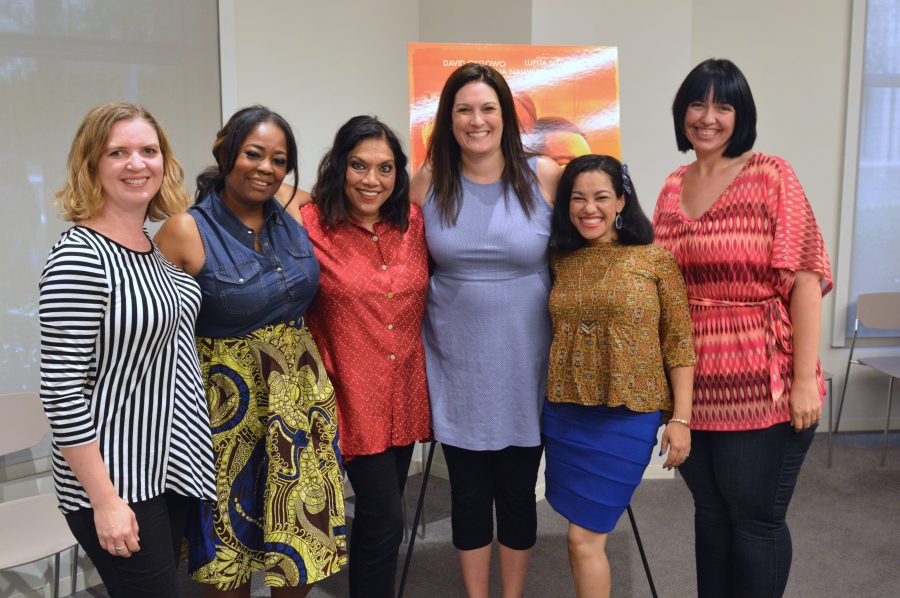
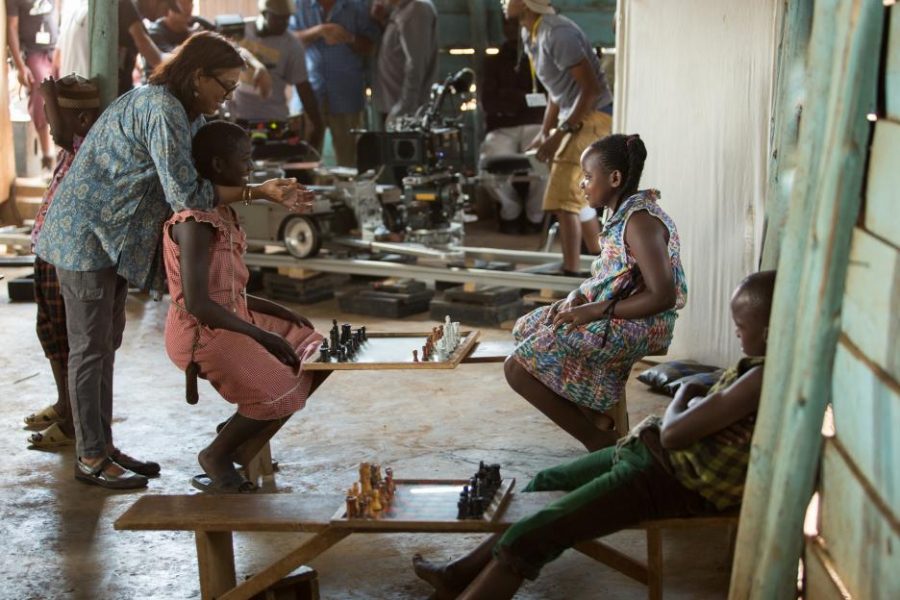

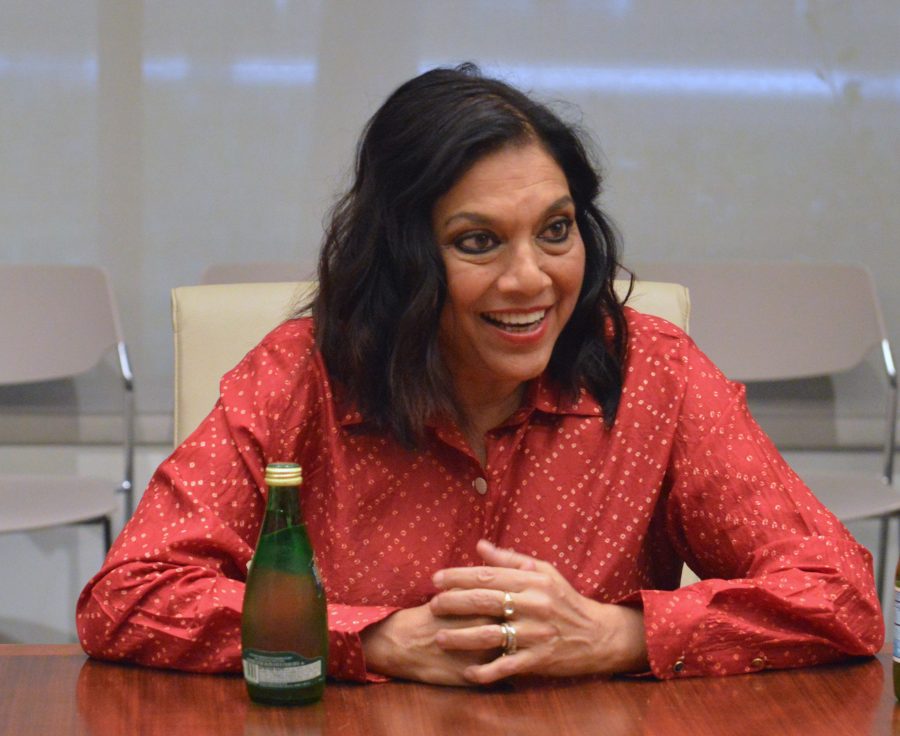


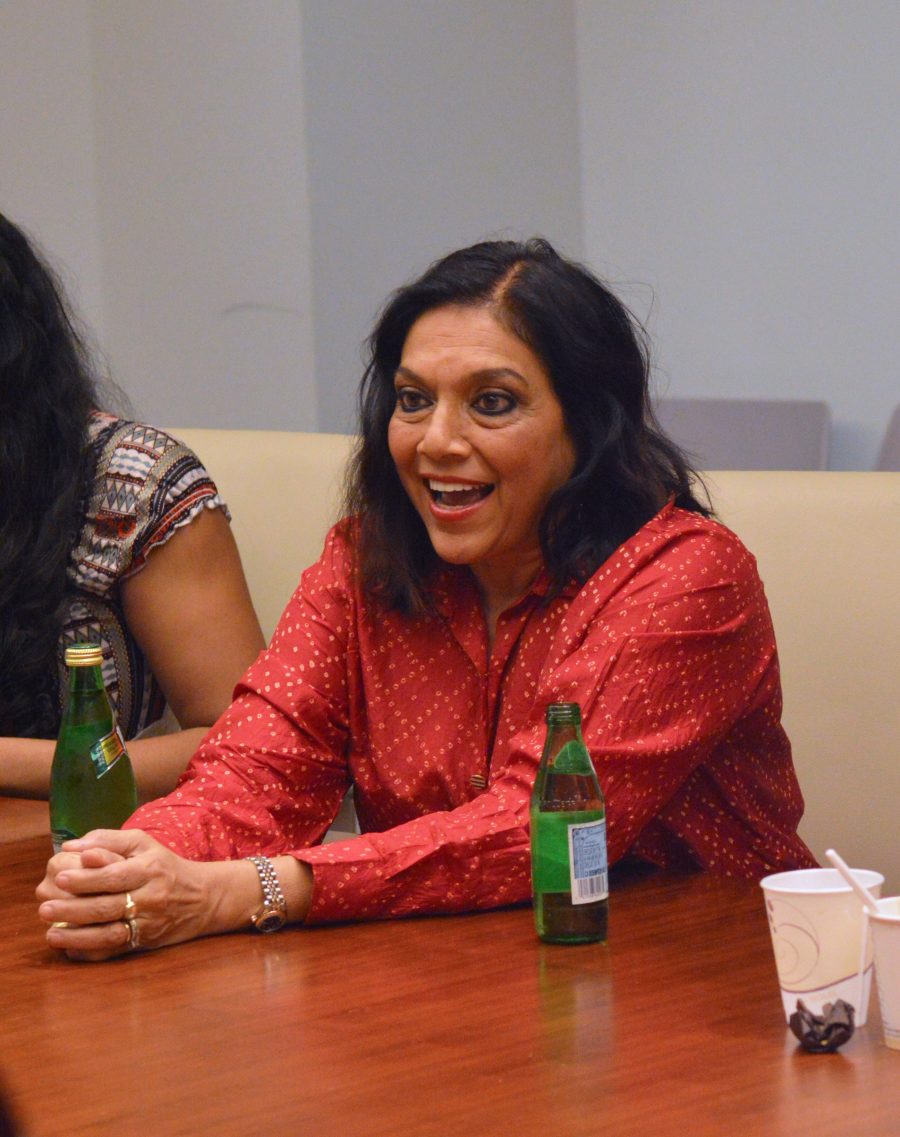

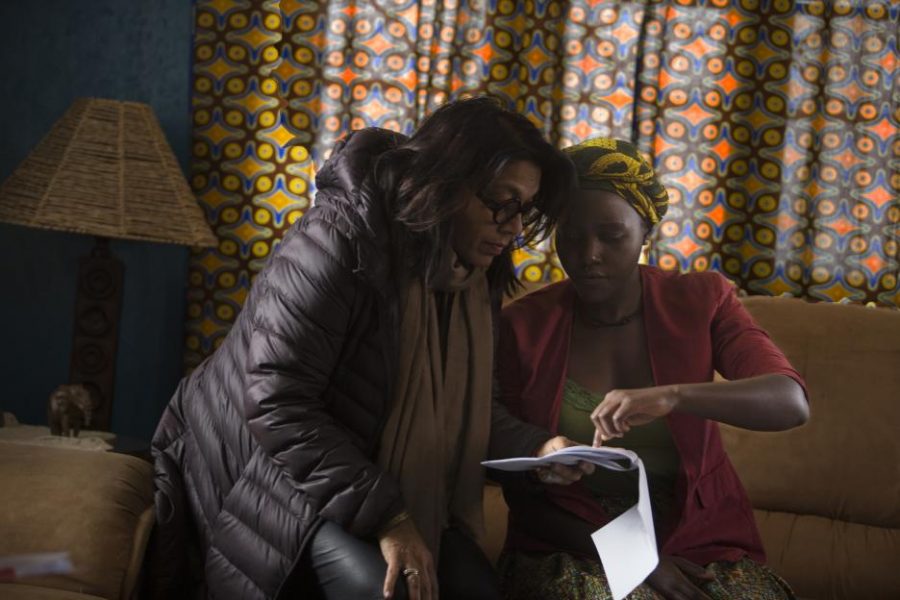
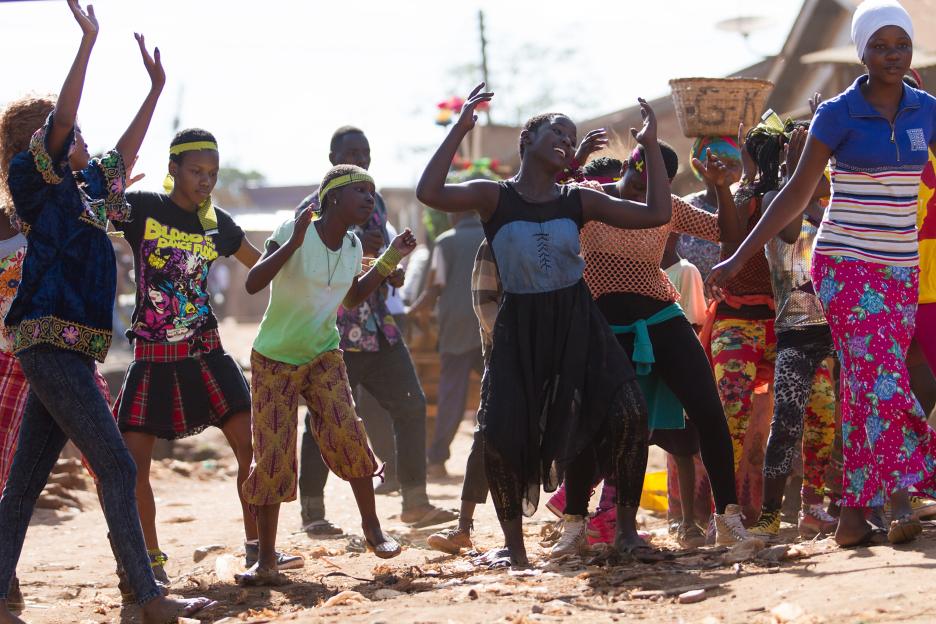
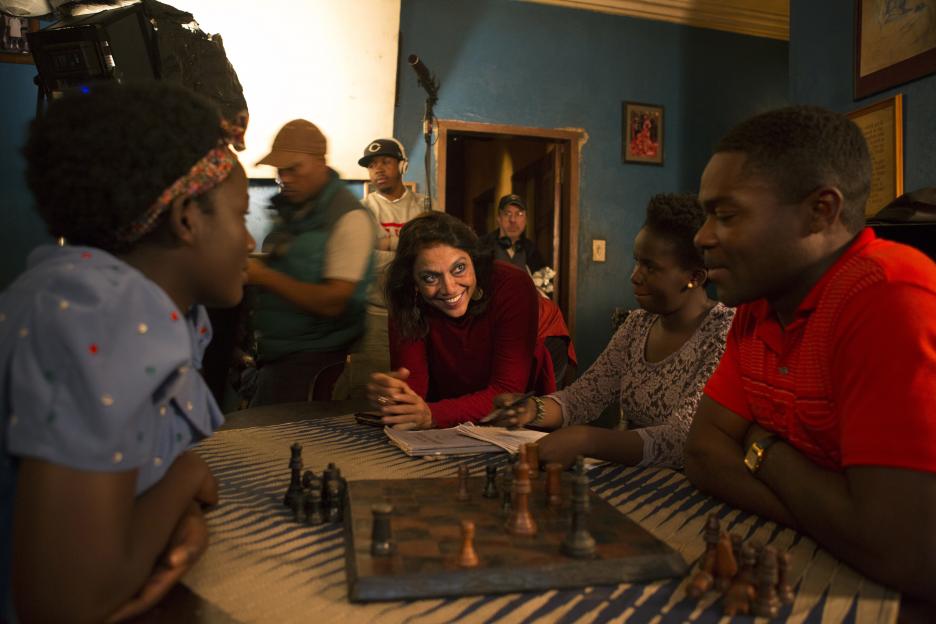
I love that we experienced this together and that it inspired you as much as it did me. I love the story of the garden – it is so beautiful and inspiring and you captured it so well. I love you, amiga!